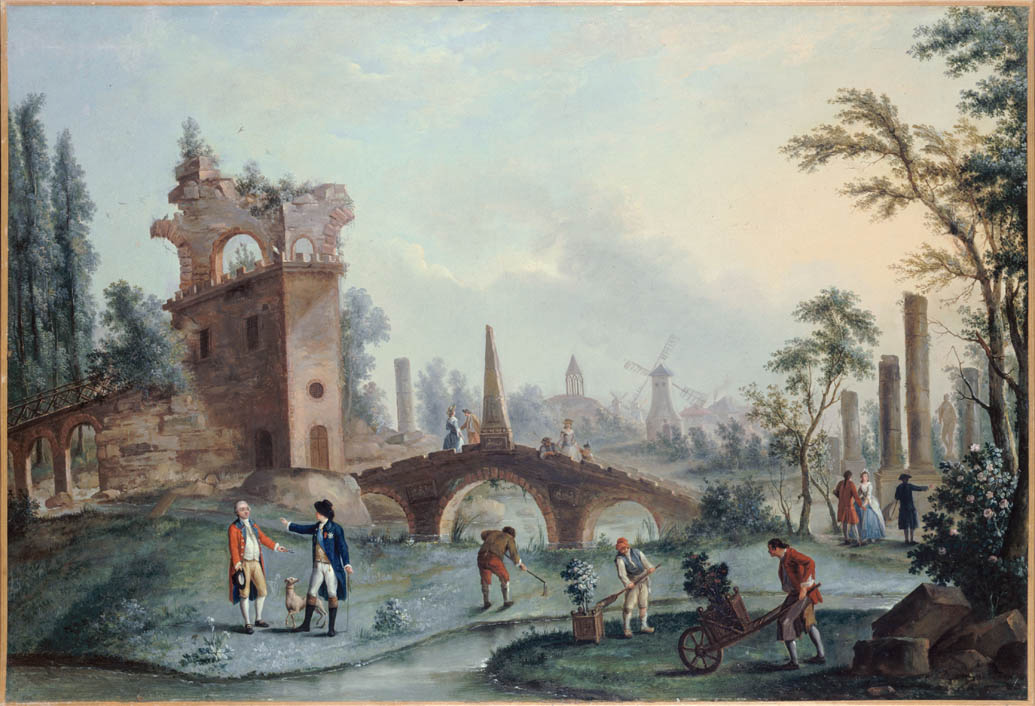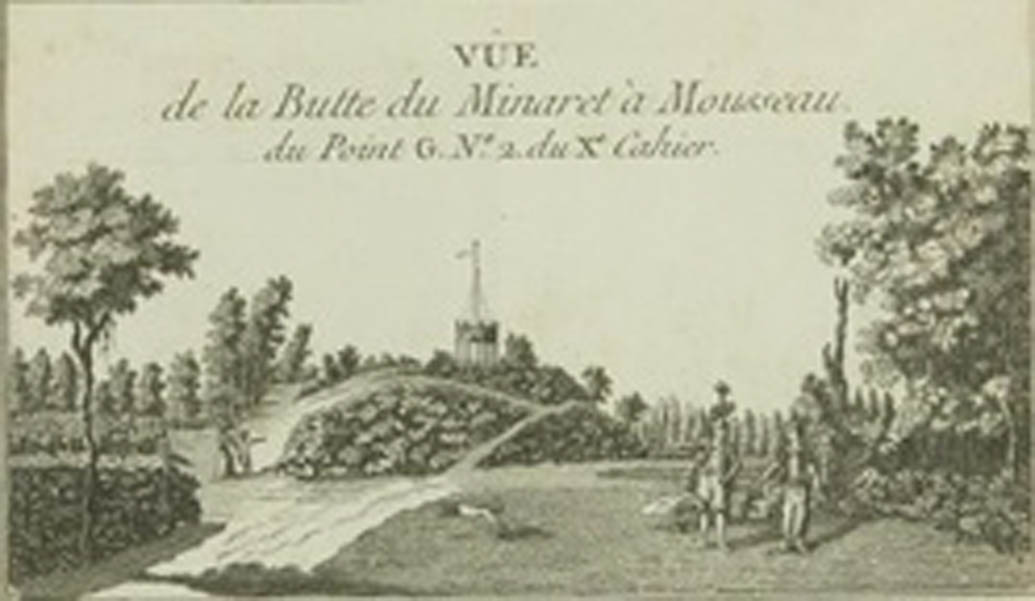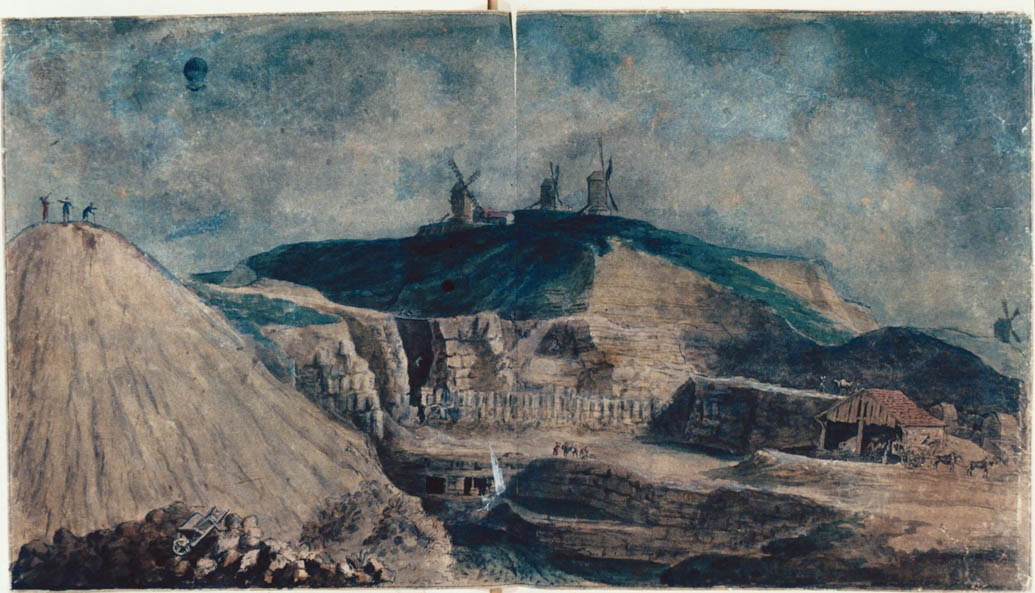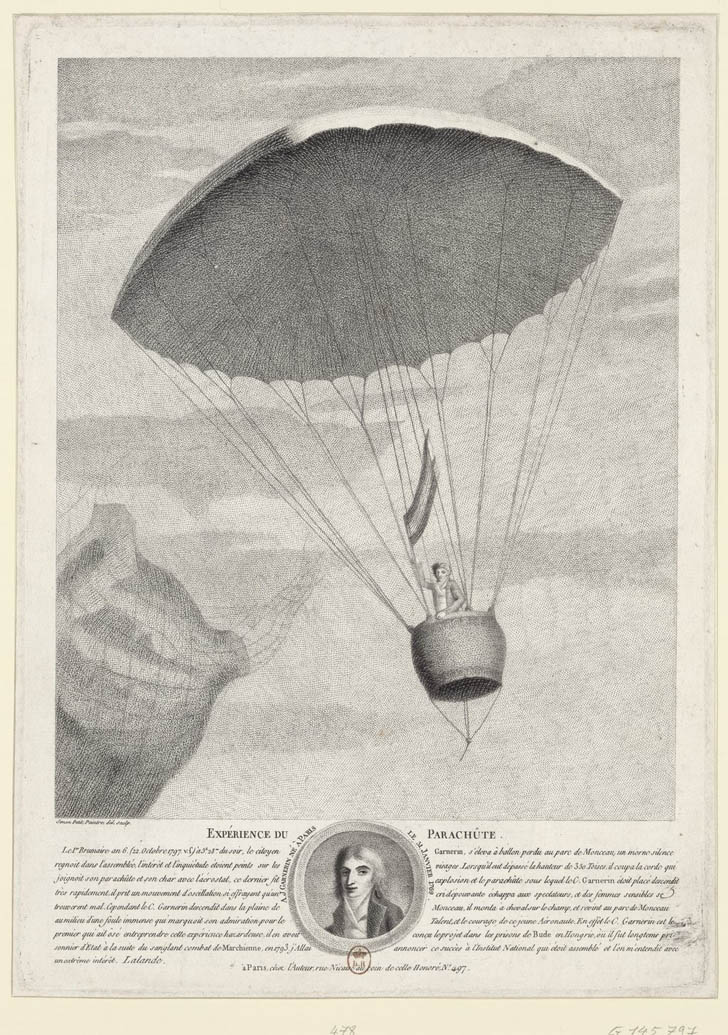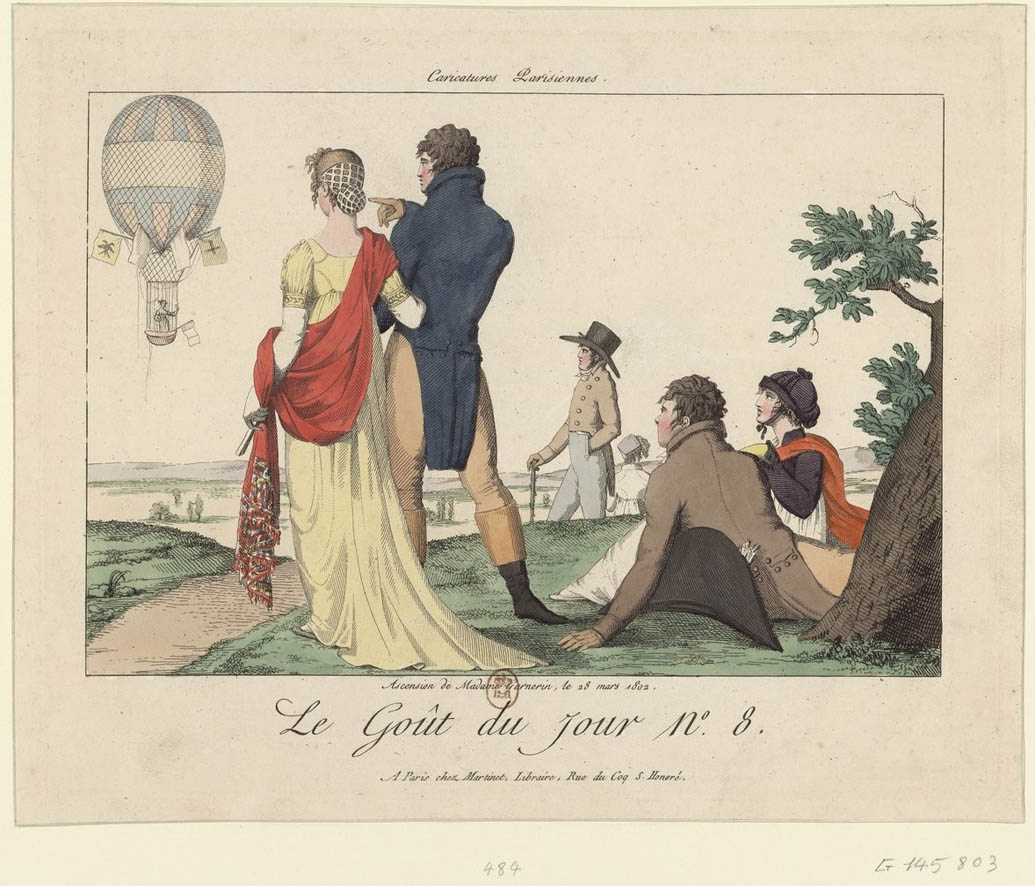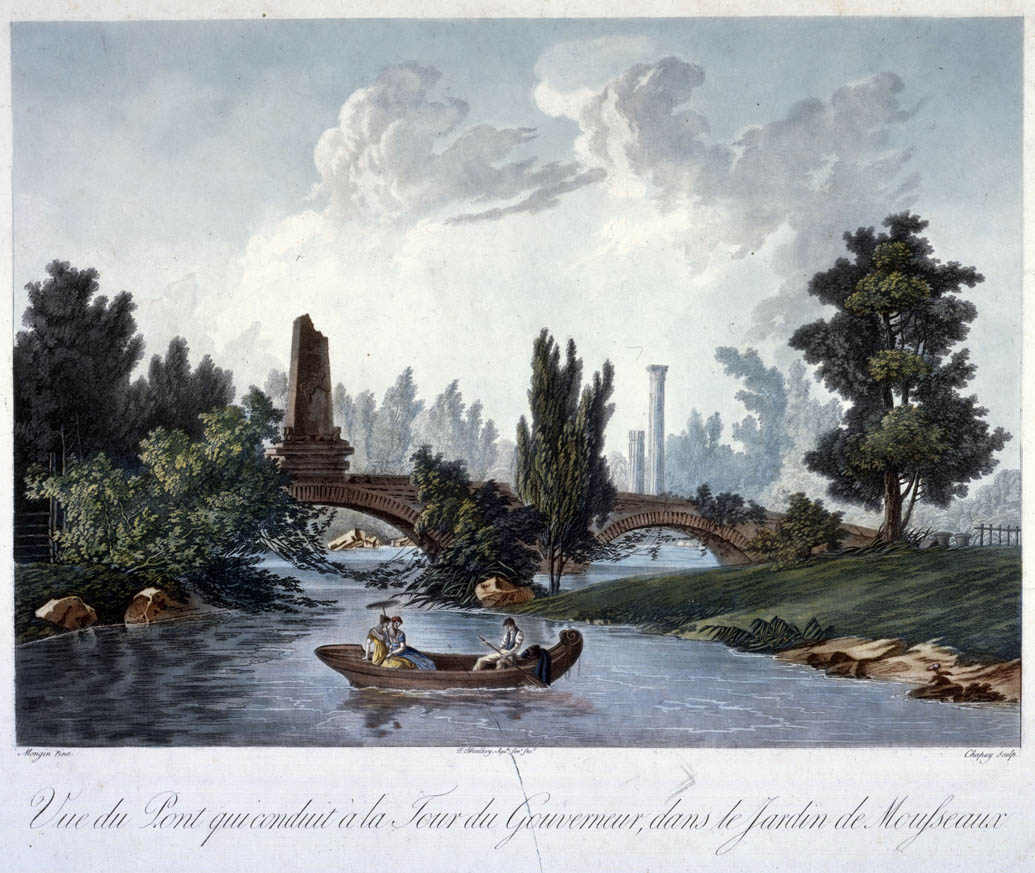The "Chartres Pleasure Palace"
While he was still only the Duke of Chartres, Louis-Philippe, the future Duke of Orléans and the King’s cousin, was the rich owner of the “Chartres Pleasure Palace”: a magnificent pavilion built in the 1770s on the edge of Paris, far from the city’s noxious air. A little like the Bagatelle pavilion, built in only a few months by the Count of Artois, the King’s brother, all of this expansive luxury shocked the many Parisians who lived in a constant state of instability. The gardens were astonishing. They reflected the nobility’s taste for exotic and international curiosities: famous landscapers built Greek temples, pagodas, pyramids, minarets and Dutch windmills… Enough to shock the modest Parisians who were not used to leaving their own neighborhood! In 1793, the park became a national garden: it was now be public property. A former symbol of great inequality, the garden was now open to all.
Location
ItineraryNaumachia in the Parc Monceau
Suggestion
The Parc Monceau Neighborhood
Down with Unfair Taxes! The Chartres Rotunda
To find out more…
Gypsum quarries
On the edge of Paris, the rich still lived right alongside pollution and the working world! During the Revolution, from the Monceau plain, it was possible to glimpse the foothills of Montmartre, renamed “Mont Marat” during the Revolution in tribute to the deputy and journalist Marat. There, open-air gypsum quarries were surrounded by lime kilns that emitted thick smoke: they were used to turn stone into plaster. Poor peasants, artisans and laborers from these neighborhoods, villages and hamlets to the north of the capital were often shocked by the luxurious pleasure palaces that the rich nobility built in the western part of Paris at the end of the 18th century. Seeing these major inequalities in the city was one of the reasons for the Revolution.
Jeanne Labrosse, a parachutist during the Revolution
It was in the former gardens of the “Chartres Pleasure Palace” that, on October 22, 1797, André-Jacques Garnerin carried out the first parachute descent in history, by jumping out of a hot-air balloon. According to him, this feat demonstrated, the energy of the French revolutionaries: he claimed to have imagined this project when he was in a dungeon in the Buda fortress in Hungary, where the Austrians had imprisoned him as a political prisoner. Two years later, his wife Jeanne Labrosse made her own descent.
A park for polite society
Left abandoned, the park came back to life under the Directory (1795-1799). The new regime favored the bourgeoisie: the Revolution was over! Those who were called “honest people” showed their desire to have fun and spend their money. On July 18, 1798, an advertisement announced the site would be open to “friends with good taste.” For its opening, a “convenient and spacious road for carriages and riders” was created. Clients could then take advantage of the orchestra and activities spread out through the garden. Most of the time, a person had to pay 75 cents as an entry fee: a price that was inaccessible for families with modest means.


